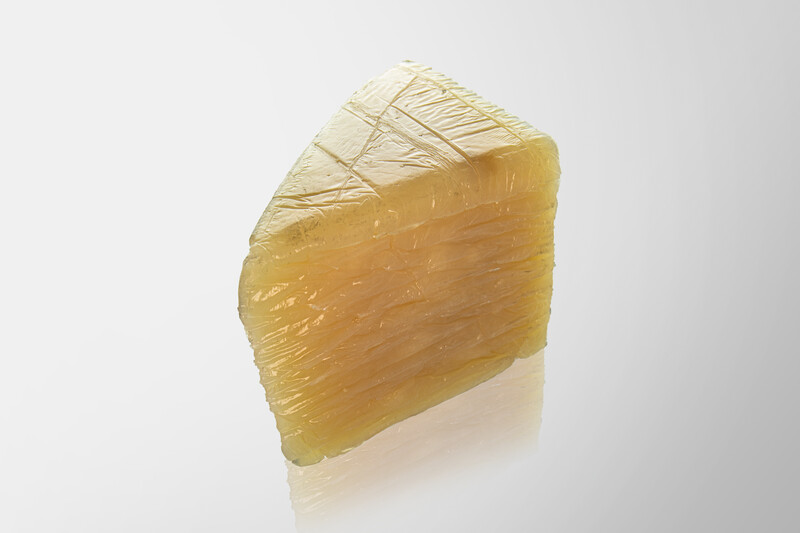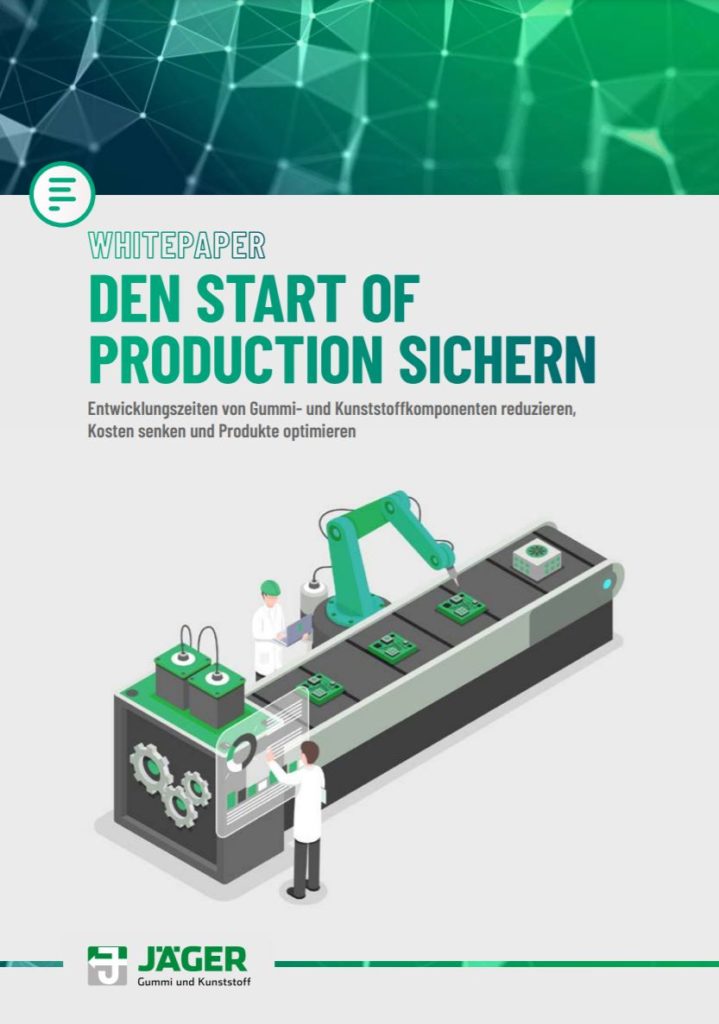
JÄGER Business Blog


WHITEPAPER
Find out which factors influence your SOP!
Seals are designed to prevent undesirable mass transfer within technical products. Because they are relatively inexpensive components, they are not usually given high priority in design. This is why seals often cause problems in development projects, because each application has its own requirements for a sealing element, which designers must be aware of.
In this article, we take a look at three typical problems that can arise due to negligent handling of seals in the development of machines and devices. We will also tell you how you can effectively avoid the difficulties described.
Whether (and for how long) a seal can perform the task assigned to it depends not least on its installation environment. Even for simple O‑rings suitable grooves or recesses, for example, must be planned in the design into which the seal can be fitted. The requirements for sophisticated elements such as rotary or hydraulic seals are more complex and call for specific design expertise.
If the intended installation space for a seal is insufficient, this can cause problems. Typically, existing design drawings need to be adjusted late in the product development process (PEP), requiring additional development loops. To avoid this, some companies opt for highly complex sealing elements that have yet to be designed for the project — including costly tooling concepts. In the worst case, a seal is installed defectively so that it fails sooner or later in use. At one manufacturer of electronic devices, for example, an improperly installed seal caused the electronics to come into contact with dust and fail completely after a short time.
Manufacturing companies that want to avoid delays, consequential costs and loss of reputation must already sufficiently consider the requirements of each sealing component (installation space, functional requirements, etc.) in their design drawings. However, this does not mean that designers should design their machines around the seal. A simple catalog of measures listing all relevant requirements and processes can often nip the difficulties described above in the bud.
Seals are also sometimes subject to strict legal requirements and quality standards. Design teams must be aware of these requirements at the beginning of the development project in order to be able to design a seal correctly. Otherwise, this also leads to expensive delays and additional development loops.
One example of this is the UL94 fire classification. This is used when a plastic article is exposed to a certain fire risk and must therefore be flame-resistant. In some cases, companies forget that this property must affect the entire product, not just individual components. They may use a UL94-rated plastic for the enclosure, but not for the seal. As a result, the overall product is not sufficiently flame resistant, which can affect further certifications.
Such problems are not uncommon in the development of sealing components. They can be circumvented with conscientious material selection. In doing so, companies must analyze in advance all relevant framework conditions that are of importance for the seal. In addition to legal requirements, these include:
The decisive factors in material selection are care, experience and expertise. Per se, there is a suitable material for every seal. The challenge is to identify the mixture from the multitude of materials that best meets the requirements of the seal.

Control technician at an industrial plant
As a rule, design teams focus on metal components first. Rubber and plastic parts do not get their attention until the product is largely designed. However, this means that sealing requirements receive little attention for a large part of the design process. This presents a challenge for suppliers of rubber and plastic components, who are asked to deliver seals that either cannot be manufactured in the intended form or can only be manufactured at great financial expense. Both scenarios have a negative impact on deadlines and cost targets in the product development process.
The geometric design of the component in which the seal is to be installed is a particular source of difficulty. Pointed corners and edges, complicated angles and unusual shapes can only be sealed with great effort, if at all. The same applies to components in which there are height differences. These make it difficult to apply a seal evenly because the material mixture cannot be compressed evenly during production. Consequently, seal manufacturers have to resort to complex, costly manufacturing processes to meet their customers’ requirements.
If seals are considered too late in the design process, this often prevents the use of cost-effective solutions that are easier to implement in terms of manufacturing technology. Standard seals (e.g. O‑rings), which could simply be bought in without a dedicated mold concept, cannot be used in complex geometries, for example. Potential savings — not only monetary, but also in terms of the company’s carbon footprint (material scrap, energy use, etc.) — remain unused in this way.
It makes much more sense for designers to take into account the prerequisites that must be met for a seal as early as the planning stage. Their first approach should be to use standard components as often as possible. If this is out of the question, design teams should seek contact with material experts at an early stage. Their know-how makes it easier to develop the best solution with a view to monetary specifications and manufacturing implementation options.
Even minor negligence in sealing technology can result in damage claims, complex development loops and additional costs. This makes it all the more important for design teams to take a detailed look at the general conditions to which their seals will be exposed right at the start of the project. This concerns, among other things, the necessary installation space, the material to be used, and the geometry of the components in which the seals are to be installed.

Whitepaper: Secure the Start of Production
Learn which factors influence your SOP!

Share this post!
Jäger Gummi und Kunststoff GmbH
Lohweg 1
30559 Hannover
Tel. +49 511 – 53580
Fax +49 511 – 553394
info@jaeger-gk.de
Management:
Dipl.-Ing Sebastian Jäger
Julius Jäger, M.Sc.
Hanover Register Court HRB 59798
DE 813 314 161

Petra Dirlenbach